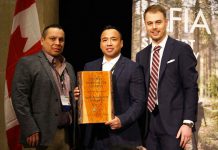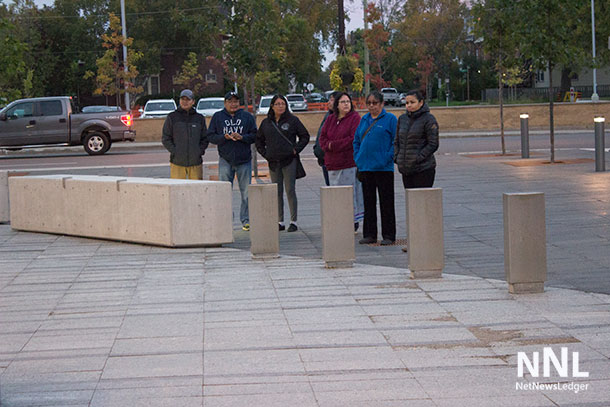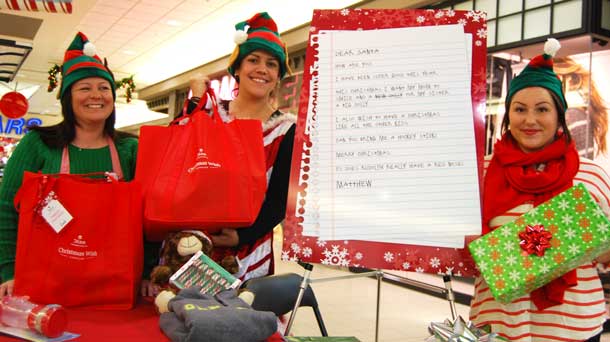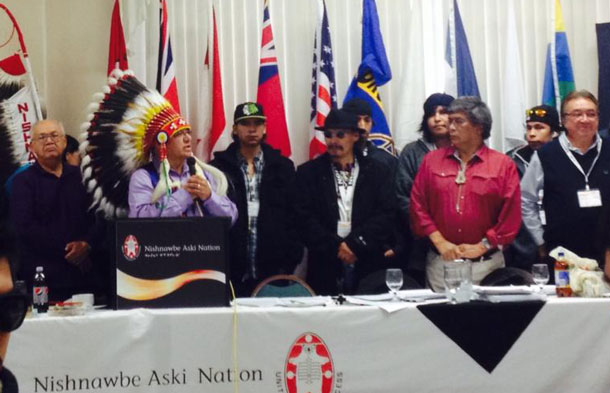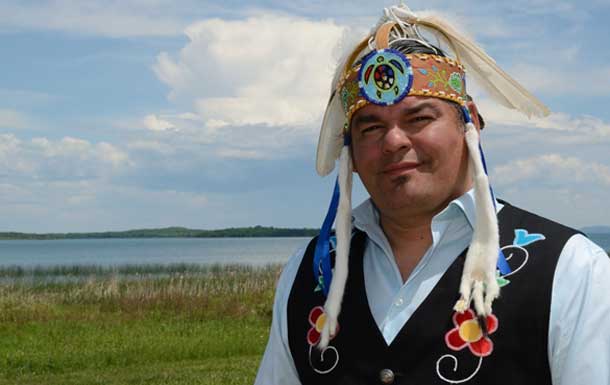THUNDER BAY – Aboriginal – Often, there is a huge misunderstanding about our word from Hello -“Boozhoo”.
Still today, many people are under the misunderstanding and impression that “Boozhoo” is a modification or disruption of the French word “Bonjour”.
This is not the case. It pre-dates any contact.
A man from Nigigoonsiminikaaning and a woman from Naotkamegwanning share that the central character (and original spirit) in all our oldest stories is Nanaboozhoo (or “Waynaboozhoo”).
In the stories told, it is said that after he helped name the animals and plants, he left – but because he was also a trickster, he said he would come back and return to the People – but he would not say what he would look like.
No one would know. Is going to look like you? Like Me? Like a bird? He said we wouldn’t know what he was going to look like. Also, certain people have certain gifts that others may acknowledge, but because humility is important, they don’t talk about them.
Is He/She with these gifts Nanaboozhoo returned? So that story stayed with the people for generations upon generations and it took shape was a question and greeting early-on, “Giin inna Nanaboozhoo?” or “Giin inna Waynaboozhoo?” (Are you Nanaboozhoo? Are you Waynaboozhoo?).
It became a greeting over time and during the Westward migration – and over time “Giin inna Nanaboozhoo?” was shortened to “Boozhoo.”
No – It doesn’t come from the French, but it might explain why the early French and Anishinaabe relations were somewhat positive early-on because of very similar ways to greet someone.
Robert Animikii Horton


